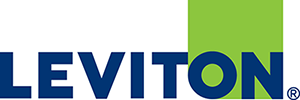Meets IEC 62471 Photobiological Safety for Lamps and Lamp Systems standard and American Conference of Governmental Industrial Hygienists (ACGIH®) TLVs® for human exposure to UV.
UV Lighting Surface Disinfection For Occupied Spaces
Leveraging decades of UV Lighting and LED experience to develop solutions for continuous disinfection of occupied spaces to help reduce exposure to surface bacteria.
365DisInFx™ UVA Technology solutions can help reduce bacteria and fungi on surfaces. In vitro testing, UV Light has shown significant reductions in common pathogens associated with hospital-acquired infections (HAIs), such as MRSA, Staphylococcus aureus, Enterococcus faecalis, Escherichia coli, Acinetobacter baumannii, Pseudomonas aeruginosa, Candida albicans and auris. **

Patented UVA technology can help reduce surface bacteria, including Staphylococcus (99%) and Salmonella (95%) over 24 hours. **
Integrated into light fixture for wide range of applications.
Meet human exposure guidelines set by IEC 62471 and the ACGIH® TLVs® for continuous operation in occupied spaces. *
*If combining two or more UV solutions, please consult a trained product application representative to ensure the total irradiance (UV dose) does not exceed recommended human exposure limits. To the extent UV solutions are combined, it may impact inactivation rates.

Compliant
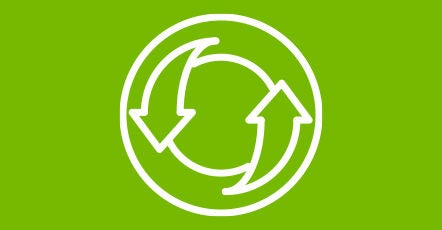
Continuous
Flexible LED solutions for 24-hour occupancy providing an added layer of protection along with masks, hygiene, and social distancing. 24-hour UV dosage designed to operate below human health exposure limits of IEC 62471 Photobiological Safety for Lamps and Lamp Systems standard and American Conference of Governmental Industrial Hygienists (ACGIH®).

Test Driven
Current conducts third party testing to substantiate their claims and validate their predictive models. Current continues to expand its testing to verify effectiveness against additional pathogens. **
**See “UVA Testing, Lab Results, Notes and Citations” for supporting detail.
365DisInFx UVA Technology Solutions
The LCOM-DFX Series is a low-profile linear LED luminaire designed for efficacious illumination of general commercial spaces.
The Visioneering LRTH-DFX Series provides the modern styling and high visual comfort of our standard LRTH.
The LRK-TRH-DFX is a low-profile LED retrofit kit that combines a single shallow semi-round lens and 365DisInFx UVA technology.
The MSUi-DFX series provides a UVA source from an inset door luminaire to provide a simple and effective way of adding surface disinfection to surgical suites.
The CRUo-DFX series provides a UVA source from an overlapping door luminaire to provide a simple and effective way of adding surface disinfection to clean rooms.
Real Time Continuous Disinfection for Occupied High Traffic Spaces

Education
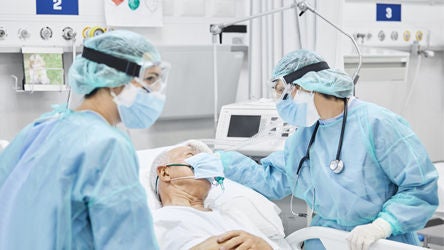
Hospital

Work
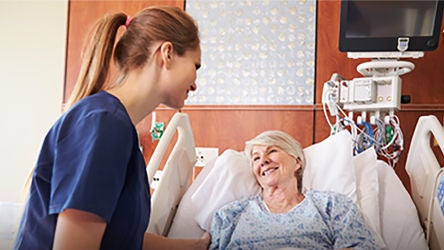
Healthcare

Meetings
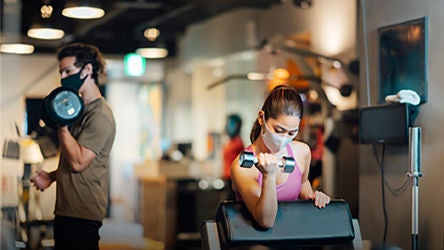
Leisure
Make an Informed Decision
- UV radiation can pose a risk of personal injury. Overexposure can result in damage to eyes, bare skin, and immune system. To reduce risk of overexposure, equipment must be installed in accordance with site planning and application recommendations.
- UV solutions are intended for common high traffic spaces and not recommended for dwellings or home use.
- Installation of the devices must be performed by qualified professionals as detailed in the device installation guide.
- To allow for occupancy, 365DisInFx™ UVA products comply with IEC 62471 Photobiological Safety for Lamps and Lamp Systems standard and American Conference of American Hygienists (ACGIH®) TLVs®.
- UV products are meant to be used in conjunction with other protective measures like manual cleaning and the use of proper PPE. They are not a substitute for other measures.
- 365DisInFx™ UVA products are not intended to be used as a medical device.
- When combining two or more UV solutions, regardless of the manufacturer, please consult a trained product application representative to ensure the total irradiance (UV dose) does not exceed recommended human exposure limits. To the extent UV solutions are combined, it may affect the deactivation and inactivation rates.
ⱡ ACGIH® and TLVs® are registered trademarks of American Conference of Governmental Industrial Hygienists, Inc.
**UVA Testing, Lab Results & Notes
365DisInFx™ UVA disinfection technology was tested using in-vitro methods as described in detail in Citations 1 & 2 below (Livingston, Kvam) which resulted in 99.7% reduction in MRSA on surfaces exposed to 3W/m2 of 365nm UVA over a single 8-hour period. Results of this testing demonstrated significant reduction over a similar exposure period of certain common pathogens including MRSA, Staphylococcus aureus, Enterococcus faecalis, Escherichia coli, Acinetobacter baumannii, Pseudomonas aeruginosa, Candida albicans and auris, associated with Hospital Acquired Infections (HAIs). Photobiological science and mathematical modeling enables us to calculate expected inactivation rates for 24-hour continuous operation of the 365DisInFx™ UVA technology.
Notes & Citations:
1 Livingston SH, Cadnum JL, Benner KJ, Donskey CJ (2020) Efficacy of an ultraviolet-A lighting system for continuous decontamination of health care-associated pathogens on surfaces. Am. J. Infect. Control 48: 337-339. https://doi.org/10.1016/j.ajic.2019.08.003
- Inoculated steel disk carriers, modification of ASTM E-2197-02
- Using a benchtop device that delivered the 3W/m² irradiance.
2 Kvam E, Benner K (2017) Disinfection via LED Lighting: summary of mechanism and results for 365nm-mediated inactivation of microbes. GE Global Research Technical Information Series 2017GRC0545, GE Confidential (Class 3)
Kvam E, Benner K. Mechanistic insights into UV-A mediated bacterial disinfection via endogenous photosensitizers. Journal of Photochemistry and Photobiology B: Biology. 2020;209:111899. doi:10.1016/j.jphotobiol.2020.111899.
- Aqueous cultures were diluted in sterile water and dried onto hydrophilic glass slides.
- Using a benchtop device that delivered the 3W/m² irradiance.
“365DisInFx" is a trademark of Current Lighting Solutions, LLC. Used with permission.








